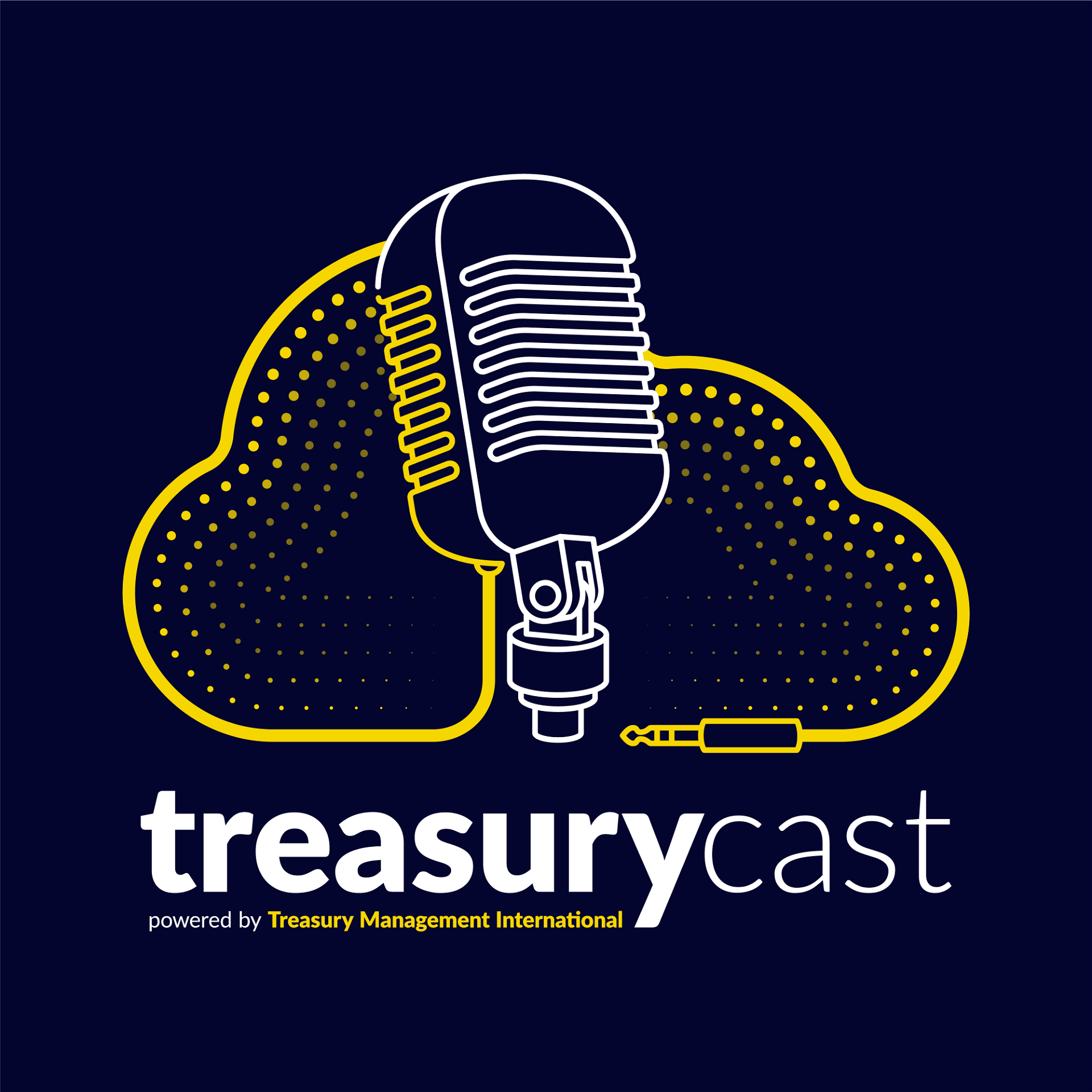London: Fitch Ratings has launched ‘MMF Compare’, a new European money market fund (MMF) interactive comparison tool to provide investor education and help promote more informed investment decision-making in the run-up to European MMF reform implementation in July 2018.
“MMF Compare allows investors to select a particular Fitch-rated fund and benchmark its portfolio credit, market and liquidity risk attributes against its rated peer group. It covers in total about half a trillion euros equivalent assets under management across 50 Fitch-rated MMFs,” said Alastair Sewell, Head of EMEA and APAC Fund Ratings at Fitch.
The portfolio metrics in ‘MMF Compare’ are derived from Fitch’s MMF rating surveillance process. Fitch receives regular portfolio holdings data from fund administrators and managers, which it cleans, standardises and enriches in accordance with a globally consistent rating methodology. These data serve as the basis for calculating key portfolio credit, market and liquidity risk metrics that Fitch uses when rating MMFs.
To coincide with today’s launch of ‘MMF Compare’, Fitch has also published ‘European MMF Reform – What Investors Need to Know,’ a concise summary of Fitch’s views on European MMF reform, including the responses to the most commonly asked investor questions on European money market fund reform.
“Understanding the new fund types and the likely implications of European MMF Reform will be important priorities for MMF investors,” added Sewell.
The “prime” constant net asset value (CNAV) MMFs commonly used by corporate and public-sector treasurers will no longer exist in their current form. Instead, investors will need to choose between four different MMF types, including two new variants: the low volatility net asset value (LVNAV) MMF and the public-debt CNAV MMF. The report addresses the following nine questions:
-What do the MMF reforms change for investors?
-Will the reforms change Fitch’s rating approach?
-How does liquidity risk factor in the reforms?
-How does Fitch’s rating approach differ from the reforms?
-Are there differences in rating agency methodologies?
-How do reform-driven liquidity fees and redemption gates work?
-Will we see significant reform-driven MMF asset flows, similar to the US?
-How will the reforms affect competition in the industry?




